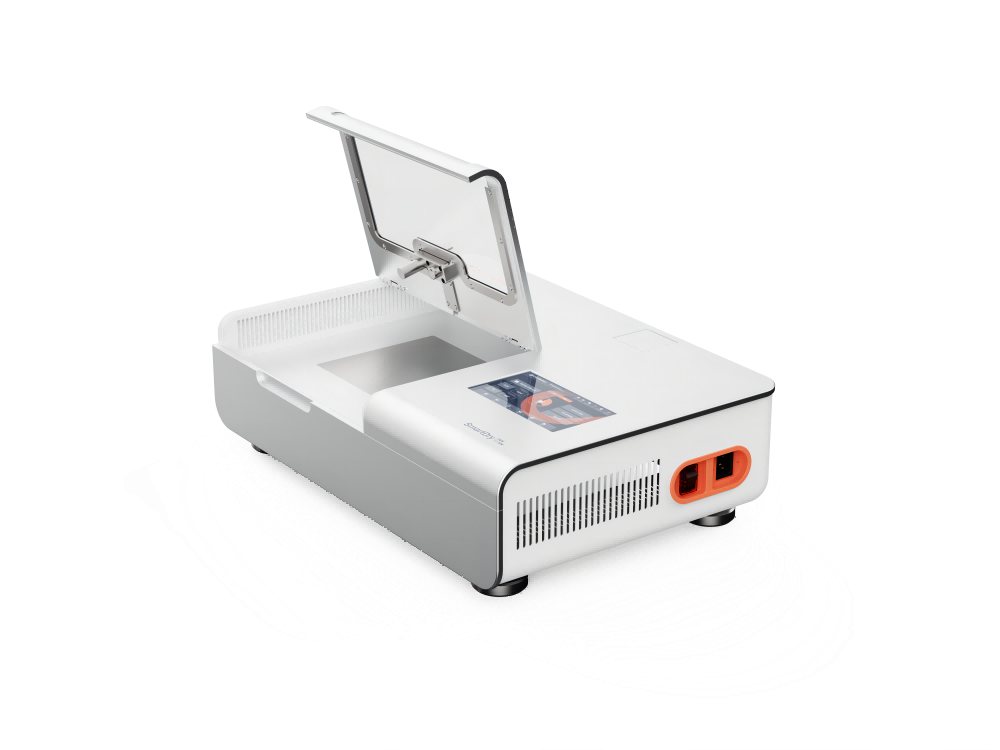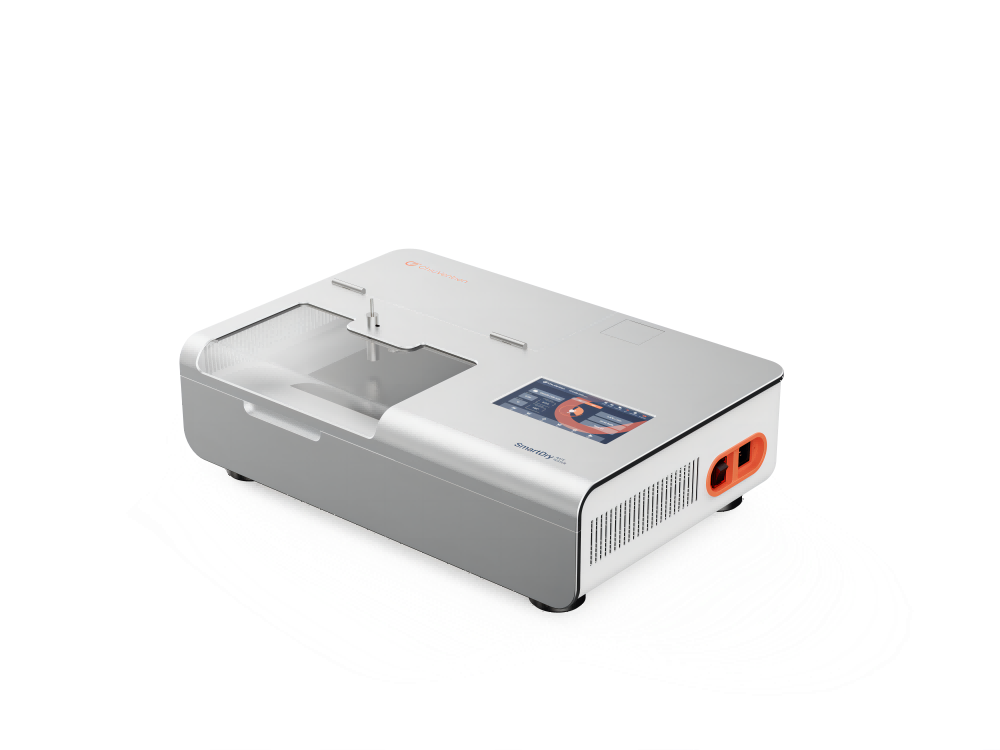Imagine this: when you go out in summer, you can’t avoid sweating. Even with enough sun protection. If the sweat on your clothes can’t evaporate in time, your skin will be sticky and uncomfortable. No, if you wear a quick-drying T-shirt, sweat will evaporate right away. Then, you will be in a good mood!
Therein lies a concept that also belongs to one of the testing items of fabrics – fabric drying rate. This issue is about fabric drying efficiency. It focuses on the AATCC 201 Heated Plate Method. It covers its testing principles, methods, gear, and procedures.
1 What is fabric drying rate?
The fabric drying rate is the time required for the fabric to go from wet to completely dry. Let’s say you wash your clothes, hang them out to dry, and then wonder how long it takes for them to dry completely. That time is the drying rate! The drying rate of fabrics is often used as a measure. It shows how quickly a fabric absorbs moisture to keep the wearer dry and comfortable. Many factors affect the drying rate of a fabric. These include fabric material, thickness, weaving process, and humidity and temperature. Fabrics with high drying rate absorb moisture well. They also dry quickly.
2 What are the fabrics with high drying rate?
Fabrics with a high drying rate can absorb sweat quickly. They can then expel it quickly. These fabrics are very breathable and wick moisture well. They let sweat evaporate from the skin. This keeps the body dry and comfy. The following summarises common high drying rate fabric . Polyester quickly absorbs sweat from the skin to the inside of the fabric. Then, it can evaporate quickly. Nylon has good breathability and wicking. It’s suitable for sportswear and outdoor clothing. Polyester is usually used to make quick-drying clothes and sportswear. It has good moisture wicking and dries fast. Polyester/Cotton blends combine polyester and cotton. They have the comfort of cotton and the quick-drying of polyester. That makes them a common high-drying-rate fabric. Spandex: Often added to athletic fabrics to improve stretch and comfort in clothing. Spandex itself does not wick moisture well. But, it helps the fabric fit against the skin and speeds sweat evaporation. Ice silk is used in sportswear. It has a special fiber structure and process. It has great moisture wicking and dries fast.
3 Drying rate test standards
The American Association of Textile Chemists and Colourists (AATCC) has made two new test standards. They have also approved them. They are for assessing how fast fabric dries. You can use the following standards and methods to analyze the dryness of fabrics:
AATCC 200, Drying Rate of Textiles in the Absorbent Range: Airflow Method
AATCC 201, Textile Drying Rate: Hot Plate Method
The tests simulate real wear. The fabric is exposed to air and skin.
4 Test Objective and Scope
The AATCC 201 Heated Plate Method is a commonly used method for fabric drying rate testing. The contact heating plate is set at 37°C. This is the same temperature as the human body. It simulates perspiration on the skin. The method applies to many fabrics. These include knitted, woven, and non-woven ones. This test method is more traditional. It uses more equipment and a relatively complex procedure. Later we will introduce today’s more advanced fabric drying rate test instruments.
5 Test Principle
The fabric’s evaporation rate determines its drying rate. It is in contact with a set amount of water at the surface of a heated metal plate. The plate is at a constant temperature.
6 Sample Preparation
Cut three specimens from the right, center, and left sides. They are (15.0±0.5) cm x (15.0±0.5) cm.
If the test sample is a garment or a finished product, cut specimens from different parts of the garment. These parts include the sleeves, back, and front.
If the test samples consist of hosiery, they detach along their length. They test each one individually. When the sample is too small for the test, water migration needs close watching. If the solution moves to the edges, it reduces the water volume. Then, conduct the test again with a new sample.
Before testing, we perform moisture equilibration. This follows ASTM D1776, Standard Practice for Moisture Equilibration and Testing of Textiles. The samples are put on a screen or perforated partition in a humidifying rack. They sit for at least 4h at 21°C ± 2°C (70°F ± 4) and 65% ± 5% relative humidity under standard conditions. Conduct all tests under standard conditions.
7 Comparison of Test Procedures
The test steps of AATCC 201 and SmartDry are different. The steps of AATCC 201 are traditional and complicated. You must calculate the results by hand. In contrast, SmartDry is easy to use and has an intelligent calculator. It reduces errors.
AATCC 201 standard test steps
Turn on the thermostat and airbox of the removable heater. They keep the metal plate at 37°C ± 1°C (99°F ± 2°F). Use a hot-wire anemometer to ensure that the airflow through the metal plate is 1.5m/s ± 0.5m/s. Measure the airflow directly after the infrared thermocouple probe. The metal plate preheated the specimen for 5 min. This was to bring the specimen’s temperature to the same as the plate’s. The sample’s edge was near the surface’s outer skin. A magnet fixed the sample’s upper edge to the surface. Place the infrared thermocouple probe in the middle of the specimen, 1.0 cm ± 0.1 cm above the specimen. Mark the center of the metal plate. This will help to see the infrared thermocouple probe. Turn on the recorder. Then, lift the free end of the specimen (i.e., the side opposite the magnetic strip). Place 0.200mL ± 0.003mL of water on the infrared thermocouple probe and the metal plate below the specimen. Lower the specimen to cover the water droplet. The instant the specimen comes into contact with the water is the start time. Observe the specimen to determine the capillary effect caused by the water. Make sure water does not enter the edges of the specimen due to capillary action. If it does, use a larger specimen or less water.
Collect and record the temperature every second. Do this until it returns to the start. Repeat for other specimens.
SmartDry Test Procedure
Open the water tank lid at the rear of the unit and ensure that there is sufficient water in the tank.
Plug in the power cord. Turn on the power supply and the equipment. It will start preheating.
Open the cover. Lay the sample flat in the test area with the right side of the magnetic tape pressed tightly. Then, gently close the cover. Placing the front and back sides of the sample and the pattern differently will cause the test results to differ. So, pay special attention to this.
Click “Mode” in the main interface to enter the “Test Setting” interface. Modify the data according to the test requirements. This includes water dispensing mode, water volume, and unit. It also includes equilibrium time, hot plate temperature, and wind speed. The device will dispense liquid according to the set values.
The device will dispense liquid automatically to the set values. It will also determine how many samples to test at once in order to complete the entire set of tests.
Click the “Run” button to start the test. The device simulates the human body sweating process. It does this to find the drying rate of textiles. You can see the current data in real-time. This includes wind speed and hot plate and infrared temperatures. The device will also record the hot plate temperature data. It will keep all the test data.
Click the Finish button after testing all samples of the same type.
After completing the test, click to enter the report list page and view the test results.
8 Fabric Drying Rate Result Judgement
To judge whether the fabric drying rate is good, you can refer to the following points:
Quick-drying fabrics should change from wet to dry in a short time. If the fabric takes a long time to dry, then its drying rate may not be high enough. Tests to measure quick-drying properties are usually carried out at a constant temperature. This temperature is always the same. So, if a fabric dries much faster than others at the same temperature, then it dries quickly.
Light and Breathable: Light and breathable fabrics tend to have better drying rates. This is because these fabrics, when wet, dry more easily by evaporation of moisture from the air.
These are general criteria for evaluating drying rates. But, other factors may affect the results. These factors include material type, fabric construction, and equipment. Higher drying rates mean the fabric will likely dry better. Faster drying is better. It happens when the drying rate is higher.
9 Test equipment
SmartDry tests drying rate is for AATCC 201. And it has precise temperature and wind sensors. It also has a precise dripping device, etc. These tools quickly simulate human sweat. They do this to find textile drying rates. The designer created the fan for parallel flow. It makes the wind more even. This restores real evaporation and makes the tests more reliable. Also, SmartDry is a smart tool. It can connect to the SmarTexLab app on phones via WIFI. This way, the parameters can be set up remotely to monitor the testing. This greatly improves efficiency.
For more information on textile testing methods/standards
or textile testing machines, contact us:
What’s App: +86 180 2511 4082
Tel: +86 769 2329 4842
Fax: +86 769 2329 4860
Email: medium@chiuvention.com


